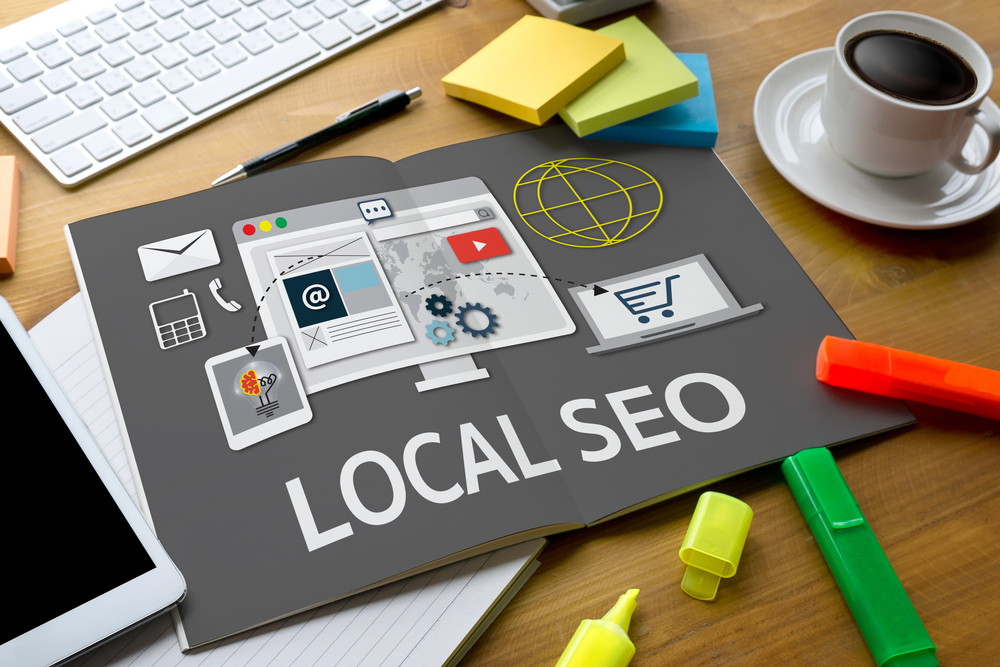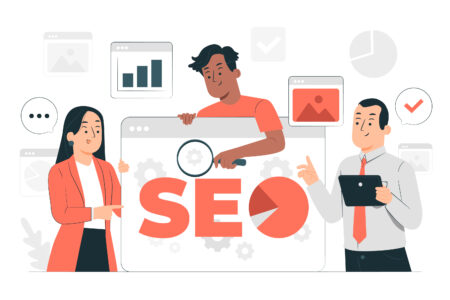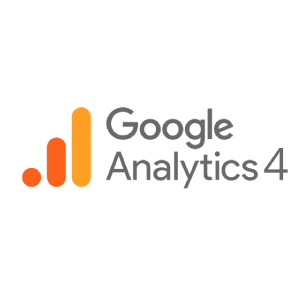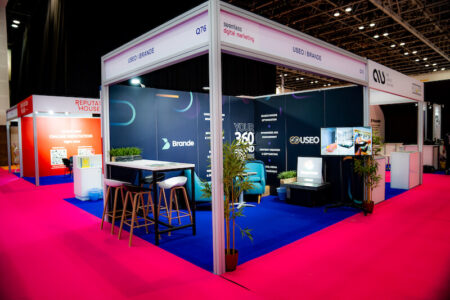5 minutes read

Why Localise?
Any professional marketing specialist would agree that localising your marketing strategy can produce greater results in terms of brand recognition and recall.
A study by UK-based language solutions company KeyPoint Technologies says approximately 75 percent of consumers opt to buy products that are in their native language, while 70 percent of Japanese consumers only patronise websites that are in Nihongo, their local language.
With a localised strategy, you can establish a more personal and direct relationship with your target audiences in a certain country or region, as compared to implementing a broad, global approach.
In addition, as language is a huge factor in localisation, this ensures that you will get your message across more effectively, as audiences relate better and quicker to slogans or taglines in their own language. It also helps guarantee that your branding and message will not include anything that might be offensive in the language of your target market.
Initiate your Arabic Marketing Scheme
As of 2017, Arabic is the sixth most spoken language in the world, with about 422 million people speaking Arabic. If you are a business or company in the UAE – a country whose official language is Arabic – it only makes sense to localise your brand and marketing tactics, especially when it comes to digital marketing.
Mohammad Baset, head of the Arabic Marketing department of USEO, explains the rationale behind incorporating Arabic marketing in your digital marketing plan.
- Arabic marketing is a new channel to reach potential customers that cannot be reached through English marketing.According to a study by Wamda Research Lab, more than 50 percent of the total Arab population will have internet access this 2017, representing a 32 per cent growth in Arab online users. In addition, from 2000 to 2013, the number of Arab internet users has ballooned by 5,296.6 percent. This has made the Arab world home to the largest growth in internet usage since 2001.Though there is a great, untapped market in Arab-speaking countries such as the UAE, experts say there is slow growth in the availability of Arabic content online, with only 1 to 1.5 percent in recent years. For businesses in UAE and the Middle East, this poses a great opportunity to reach out to Arab-speaking audiences.
- Arabic people in general are more comfortable reading Arabic texts (if available) rather than English, especially in medical industries. Having Arabic content is always a good move, particularly if it is written by a native Arabic-speaking professional.
Statistics say there are 45.9 million internet users who use the Arabic language when searching online. Seeing this need, Google has launched domains specifically for 15 Arab countries. Saudi Arabia has the most search queries in Arabic, followed by Egypt and UAE. Moreover, 54 percent of Google searches made in the MENA region were Arabic, while 34 percent are in English and 8 percent in French. With the huge numbers of people making Arabic queries, businesses should align their digital marketing strategies to answer this need. At USEO, we help clients build an Arabic website, which is followed by online marketing activities (SEO, AdWords, Social Media Ads) that are in Arabic.Additionally, having an “Arabic online presence” enhances the corporate image of a business, more so in Arabic countries like the UAE. It also helps increase business and brand awareness among Arab people, leading to generation of new business leads.
- Having an Arabic version of a business website is a cost-effective way to localise your brand and business.Building an Arabic version of your website is a significantly more affordable way to reach out to local audiences in the UAE and other GCC countries. Though localisation involves other means, such as using print and TV ads in Arabic, online Arabic marketing is the most cost-effective means for small businesses and large corporations to penetrate the local markets.
In Dubai alone, print advertisements for magazines and newspapers can amount to 3,000 Dhs to 12,000 Dhs per month, while fliers and brochures can set you back by a minimum of 6,000 Dhs.



 5 min read
5 min read



